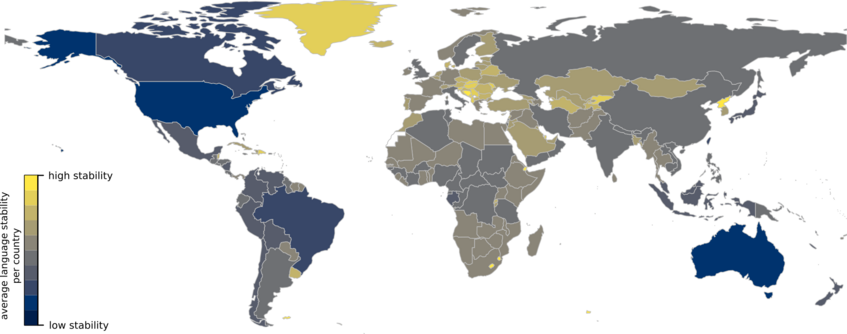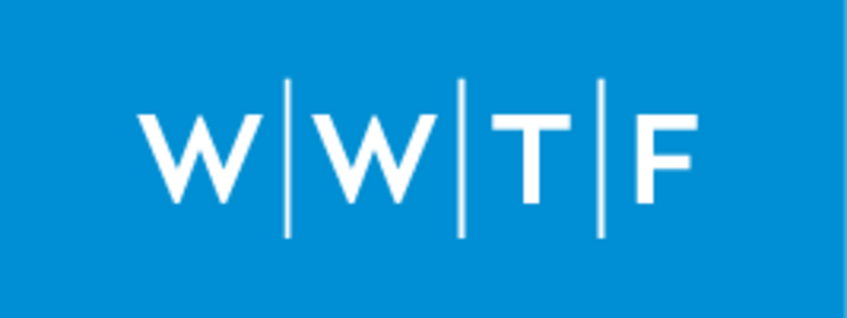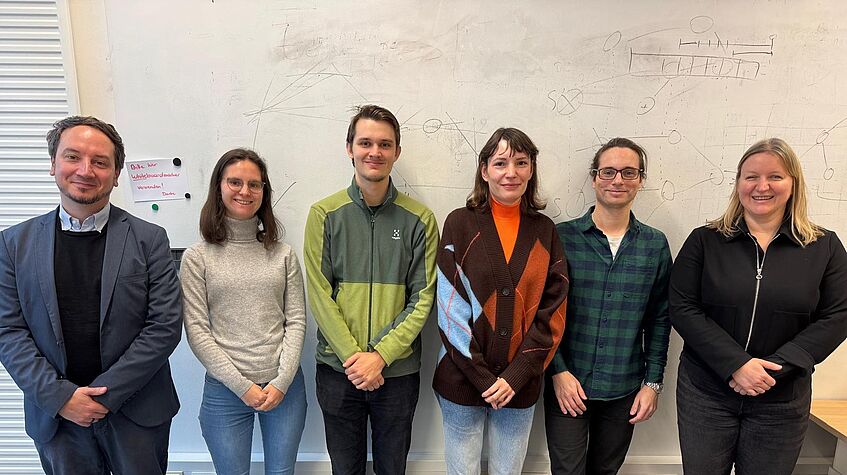Disentangling effects of digitization on linguistic diversity

Average language stability per country. How much of this distribution can be explained by ongoing digitization?
About 7000 languages are spoken around the globe, constituting a remarkable extent of linguistic and cultural diversity. However, research has shown that linguistic diversity has decreased through the past couple of decades and is vanishing rapidly, an observation that cannot simply be pinpointed to a single factor. Large-scale studies on language endangerment and linguistic diversity have already accounted for environmental and socio-economic effects.
Our project "Disentangling effects of digitization on linguistic diversity" (DIGILINGDIV) adds to this research by considering the effect of digitization on linguistic diversity. We do so by analyzing the relationship between global measures of linguistic diversity and digitization indices, by comparing linguistic diversity in the digital and the non-digital domain against each other, and by conducting surveys to learn about the motivation of language choice in digital communication.
The DIGILINGDIV project is funded by WWTF (Digital Humanism, ICT23-012).
Project team:
- Andreas Baumann (University of Vienna, Department of German Studies, PI)
- Hannes Fellner (University of Vienna, Department of Linguistics, Co-PI)
- Julia Neidhardt (TU Wien, Information Systems Engeneering, Co-PI)
- Juliane Benson (University of Vienna, Department of German Studies, Project assistant)
- Hannes Essfors (University of Vienna, Department of German Studies, Project assistant)
- Katharina Zeh (University of Vienna, Department of German Studies, Project assistant)

Funded by WWTF (ICT23-012)
News
- 2025-02-07 | We will be offering a Data Analysis Project in the context of DIGILINGDIV
- 2025-01-30 | Report about our kick-off event
- 2024-12-20 | We are glad to announce our kick-off event and panel discussion on January 27th. See here for more information and registration!
- 2024-12-19 | We gave a talk on "Relationships between digitization and linguistic diversity: a roadmap" at the 2nd Digital Linguistics Meeting at the Österreichische Linguistik Tagung
- 2024-11-06 | Hannes and Andreas gave a talk on "Linguistic diveristy in the digital era" in the Digital Humanism Lecture Series

From left to right: Hannes Fellner, Juliane Benson, Hannes Essfors, Katharina Zeh, Andreas Baumann, Julia Neidhardt
